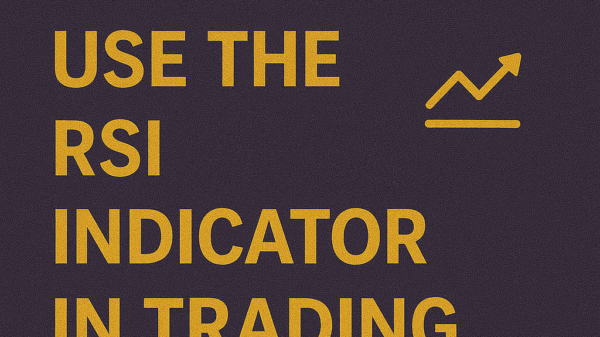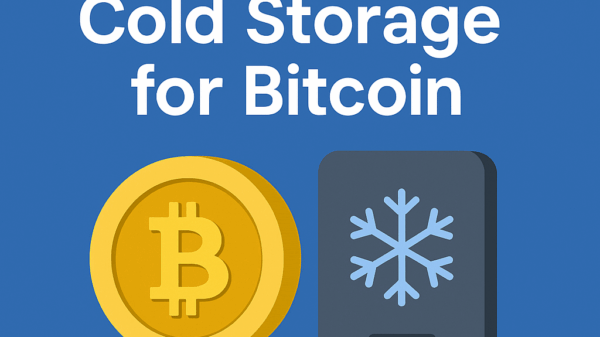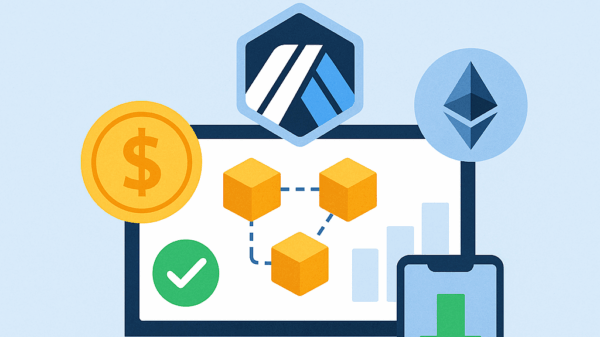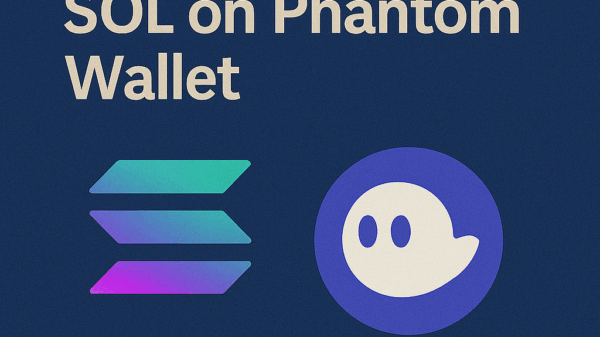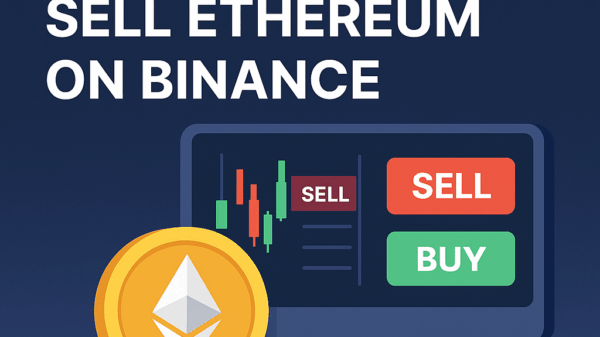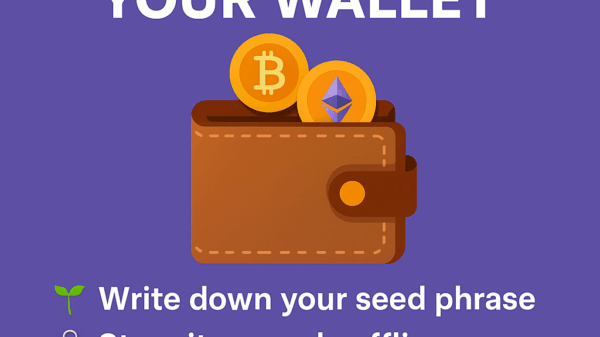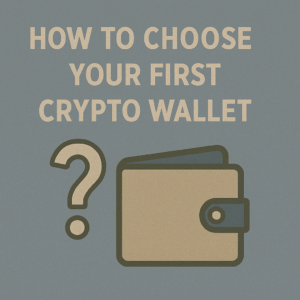How to Detect Rug Pulls in DeFi
By Jason Miller – Crypto Writer 10.expert 🧠 Covering Bitcoin, altcoins, blockchain & Web3.
As a crypto writer and analyst, the term “rug pull” is one of the most feared phrases in the DeFi (Decentralized Finance) lexicon. It refers to a malicious maneuver in the crypto industry where developers suddenly abandon a project and disappear with investors’ funds, leaving the token they created worthless. This can happen in various ways, often exploiting vulnerabilities in smart contracts or simply by draining liquidity pools.
In 2025, while the DeFi space continues to mature, rug pulls remain a persistent threat. The allure of high yields and innovative new protocols can often blind investors to the underlying risks. As the market evolves, so do the tactics of scammers, making vigilance and a comprehensive due diligence framework absolutely essential for safeguarding your investments. The transparency of the blockchain is your greatest weapon against these schemes, but only if you know how to wield it.
Let’s dive into how to detect rug pulls in DeFi like a pro.
How to Detect Rug Pulls in DeFi: Your Comprehensive Red Flag Checklist 🚩🕵️♀️
Protecting your crypto assets in the decentralized finance space requires vigilance and smart analysis. Learn to spot the warning signs of a rug pull.
Anonymous or Pseudonymous Team (Major Red Flag) 👻
- Lack of Accountability: If the project team remains completely anonymous, it’s a huge warning sign. While some legitimate projects start this way (e.g., early Bitcoin), in DeFi, it often means the developers have no real-world reputation to lose, making it easier for them to disappear.
- Verification: Look for doxxed (publicly identified) team members with verifiable LinkedIn profiles, past project history, and active community engagement.
Unrealistic & Unsustainable APYs/Returns 💰
- Too Good to Be True: If a DeFi protocol promises astronomical and consistent returns (e.g., 1000%+ APY daily/weekly) that seem far beyond market norms, be highly skeptical. These often rely on Ponzi-like structures where early investors are paid with funds from new investors, collapsing when new money stops flowing in.
- Source of Yield: Understand how the yield is generated. Is it from real revenue, trading fees, or simply printing more tokens?
Unaudited or Unverified Smart Contracts 📜
- Security Assessment: Smart contracts are the backbone of DeFi. Legitimate projects will engage reputable third-party auditors (e.g., CertiK, PeckShield, Halborn) to rigorously audit their code for vulnerabilities and malicious functions.
- Public Reports: Audit reports should be publicly available and address any critical findings.
- Unverified Code: If the smart contract code isn’t publicly verified on a blockchain explorer (like Etherscan), it’s a massive red flag. This means you can’t see what the contract actually does.
Lack of Liquidity Lock or Low Liquidity 💧
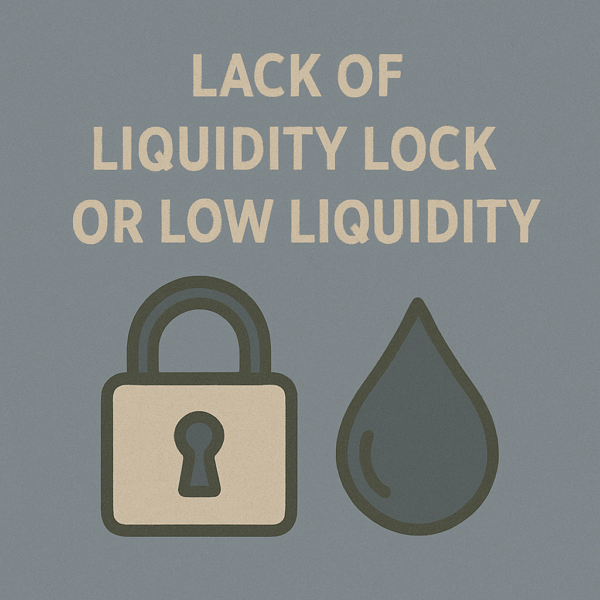
- Liquidity is Key: For tokens traded on decentralized exchanges (DEXs), liquidity pools are essential. If the project’s liquidity (e.g., in a Uniswap or PancakeSwap pool) is not locked, developers can withdraw it at any time, causing the token’s price to crash to near zero. This is the classic “liquidity pull” rug pull.
- Proof of Lock: Look for proof of locked liquidity from reputable locking services (e.g., UniCrypt, Team Finance, DXsale). These services show the amount of liquidity locked and the duration.
- Low Initial Liquidity: Be wary of projects launching with very little initial liquidity. This makes it easier for developers to control price and execute a pull.
High Token Concentration & Unusual Distribution 📈
- Whale Dominance: Use blockchain explorers to check the token distribution. If a very small number of wallets (especially the deployer’s wallet or team wallets) hold an overwhelmingly large percentage of the total supply, they can easily dump their holdings, crashing the price.
- Fair Launch vs. Pre-mine: Investigate the initial token distribution. Was it a fair launch, or was a massive portion pre-mined and allocated to the team or private investors without clear vesting schedules?
No Renounced Smart Contract Ownership ✍️
- Centralized Control: If the project’s smart contract ownership is not renounced, the original creator still retains control over the contract. This means they can potentially mint new tokens, modify fees, freeze transfers, or even drain funds through a “backdoor” function.
- Check on Explorer: On a blockchain explorer, check the contract’s “Read Contract” or “Write Contract” section for an
owner()function and see if it points to a null address or a multi-sig wallet, and if there’s arenounceOwnership()function that has been called.
Excessive Minting Capabilities 🏭
- Inflationary Threat: Review the smart contract code (or audit report) to see if there are functions that allow the developers to mint an unlimited supply of new tokens. If they can mint tokens at will, they can flood the market, devaluing existing tokens instantly. This is a common “soft rug pull.”
Blacklisting or Whitelisting Functions (Honeypots) 🍯
- One-Way Street: Some scam contracts are designed as “honeypots,” where users can buy the token but are unable to sell it. Check if the contract has functions that can blacklist addresses or restrict selling.
- Test Small Trades: Before a significant investment, try a very small buy and then an immediate sell to confirm both actions are possible.
Limited or Censored Community Engagement 💬
- Suppression: A legitimate project fosters open discussion. If Telegram/Discord chats are constantly muted, questions about tokenomics or team are ignored/deleted, or users asking critical questions are banned, it’s a major red flag.
- Real Activity: Look for genuine discussions, not just hype. Are developers actively engaging and addressing concerns?
Vague or Non-existent Roadmap and Whitepaper 📄
- Lack of Vision: A professional project has a clear, detailed whitepaper outlining its vision, technology, and roadmap. If these documents are vague, poorly written, or missing, it suggests a lack of serious planning.
- Unmet Milestones: Check if past roadmap milestones have actually been met. Consistent delays or abandoned features are worrying.
Heavy Reliance on Influencer Shilling 🗣️
- Organic vs. Paid: While influencer marketing is common, if a project’s entire promotion strategy seems to revolve around paid influencers shilling it without real substance, it’s a warning sign.
- DYOR First: Never invest based solely on an influencer’s recommendation. Do your own thorough research.
Sudden Price Spikes and Lack of Natural Growth 📉
- Pump & Dump: If a newly launched token sees an incredibly rapid, parabolic price increase (a “pump”) with no apparent fundamental catalyst, followed by an equally rapid crash (a “dump”), it’s often indicative of manipulation. Developers or large holders could be coordinating to inflate the price before selling off their holdings.
Imitation/Clone Projects 🐑
- “DeFi 2.0” or “XYZ Fork”: Be cautious of projects that simply copy the code or branding of successful projects with minimal innovation. Scammers often leverage the reputation of legitimate projects. Always check if it’s the official version.
No Time-Locked Team/Developer Tokens ⏳
- Preventing Early Dumps: Even if the team is doxxed, check if their allocated tokens are subject to a vesting schedule and are time-locked in a smart contract. This prevents them from dumping their tokens immediately after launch and signals a long-term commitment.
Suspicious Activity on Block Explorers 🚦
- Sudden Large Transfers: Regularly monitor the token’s transaction history on a blockchain explorer. Look for sudden, large transfers of tokens from the deployer or team wallets to exchanges, especially if the project is newly launched.
- Liquidity Pool Draining: Observe the liquidity pool contract address. A sudden, massive outflow of liquidity (e.g., WETH, stablecoins) indicates a rug pull.
By diligently applying these due diligence steps and prioritizing your security, you can significantly mitigate the risk of falling victim to rug pulls and navigate the exciting, yet risky, world of DeFi with greater confidence.

